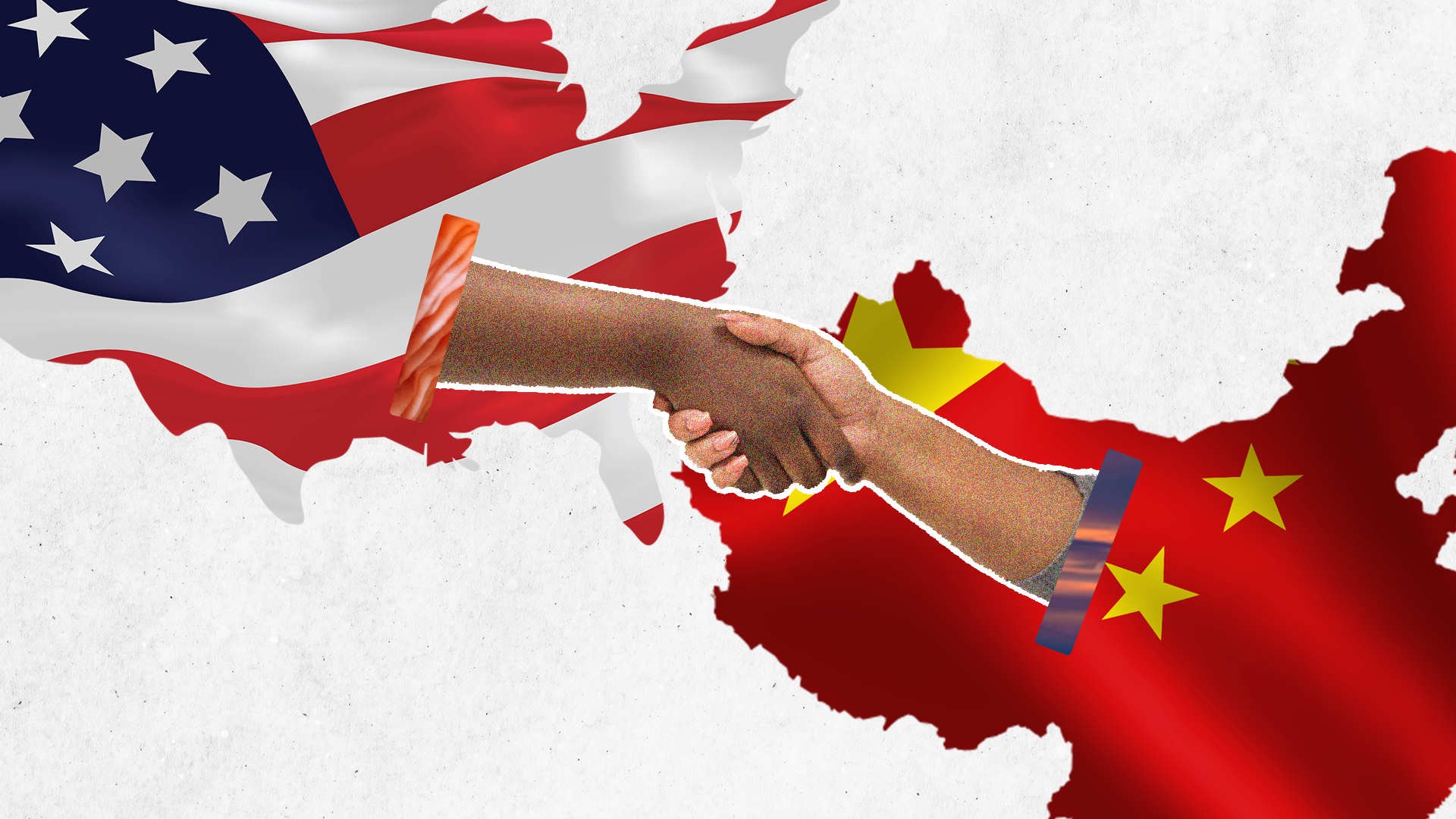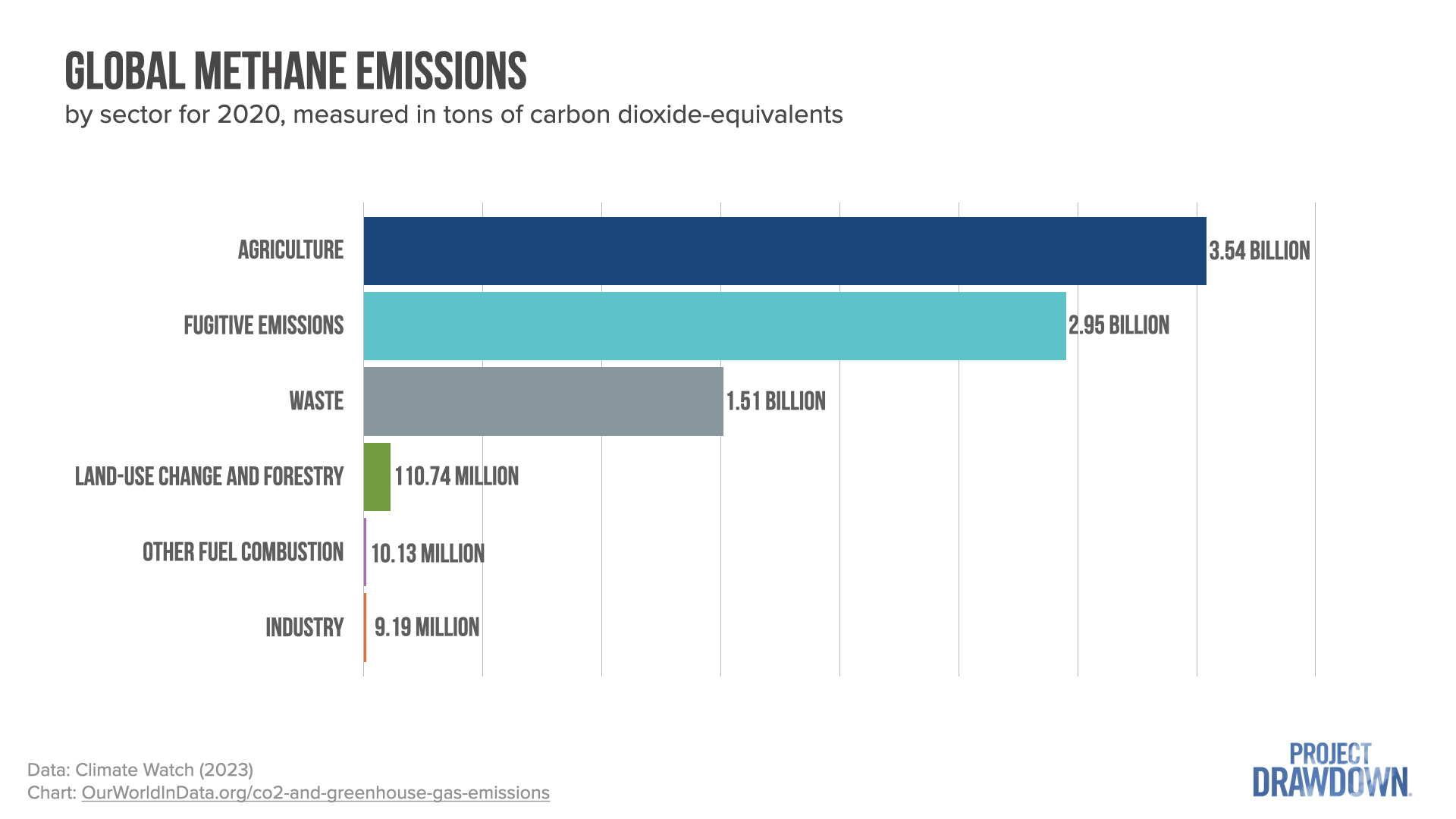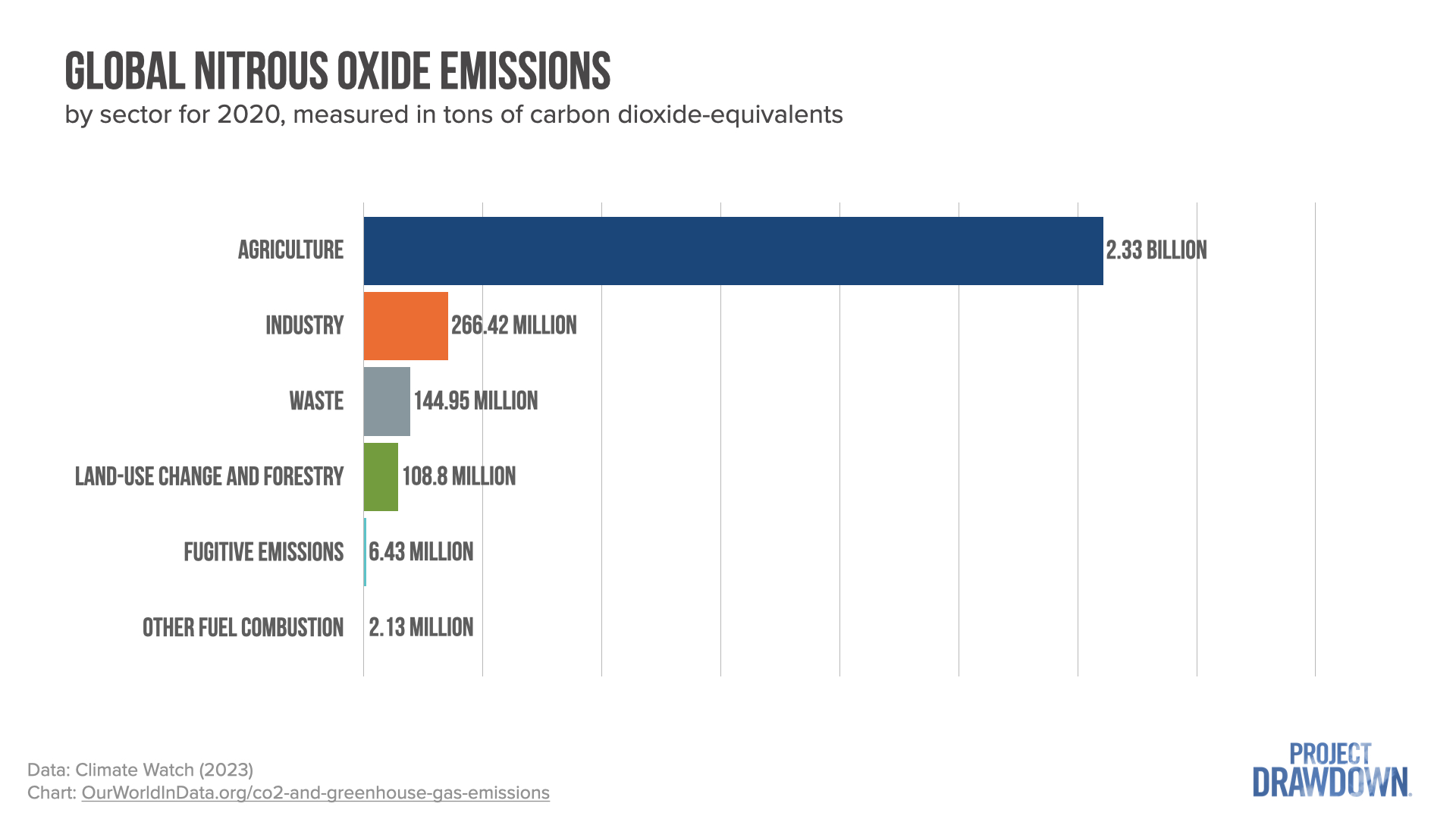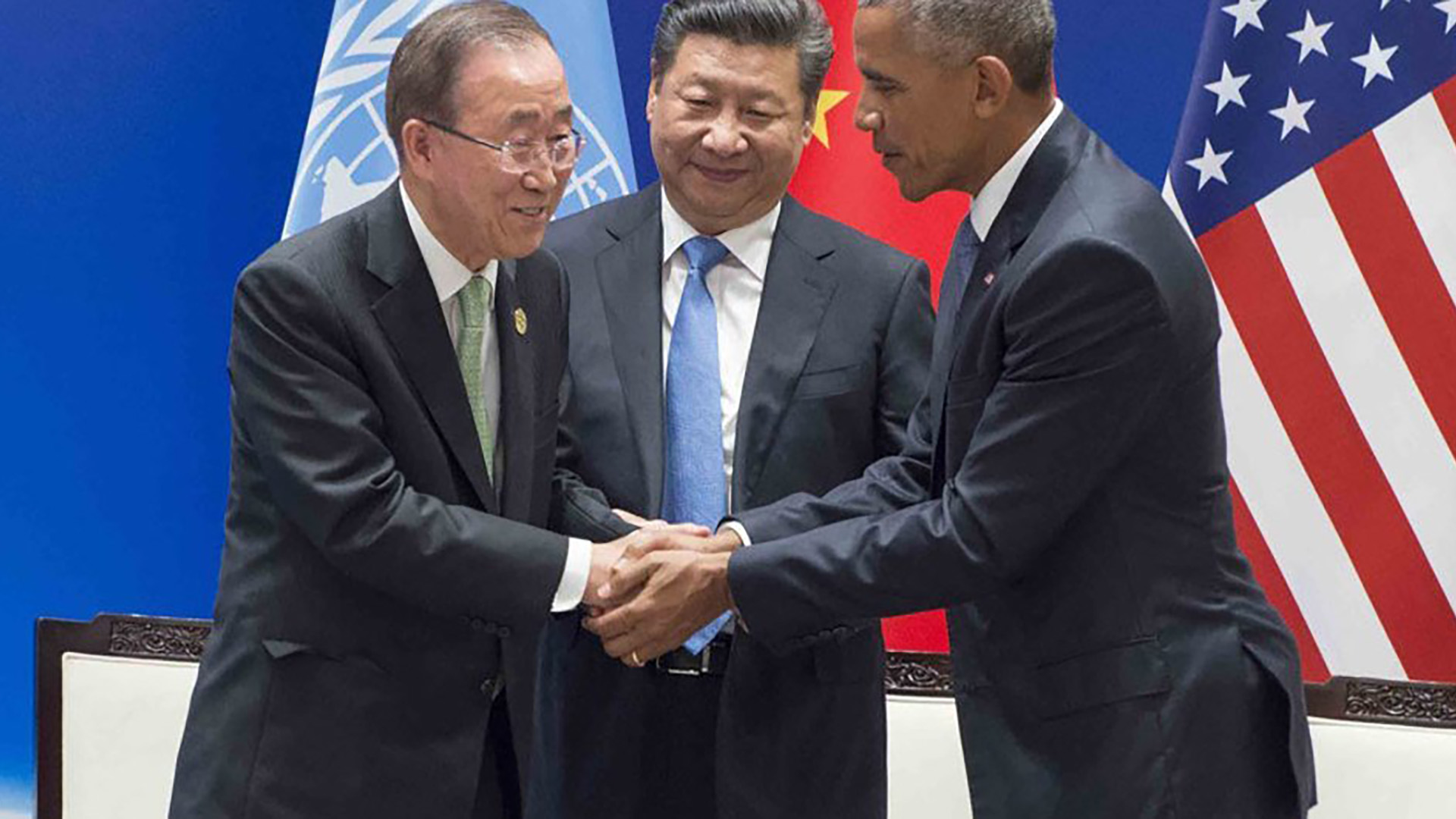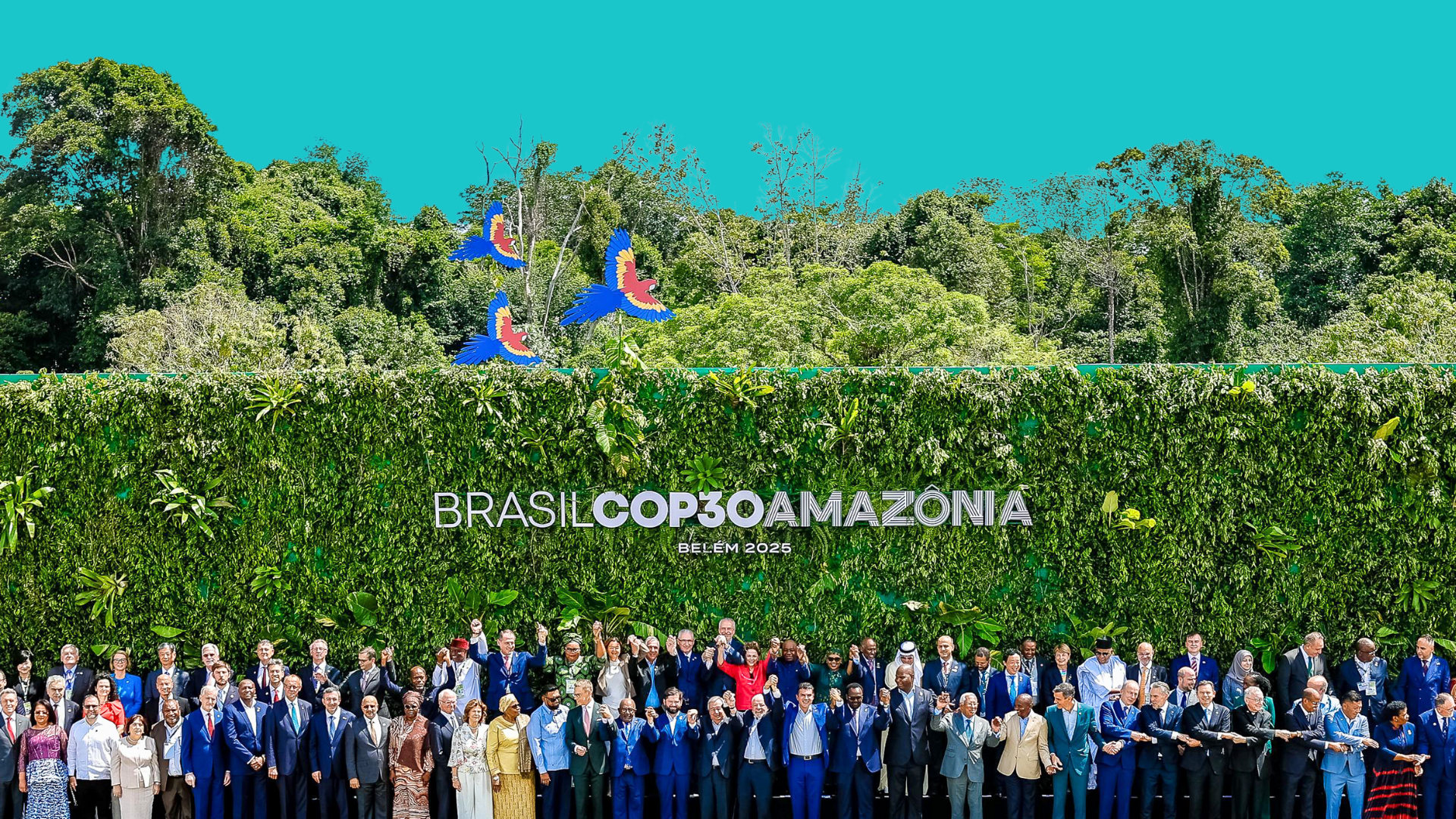At the same time, fisheries have a big impact on climate change and marine ecosystems. Therefore, improving how fisheries are managed can protect global biodiversity, save more than a billion tons of GHG emissions over a thirty-year period, and reduce the risk of conflict.
By working together, the U.S. and Chinese diplomats can turn fisheries from a flashpoint to a foothold for collaboration, reducing geopolitical tensions while simultaneously stabilizing the climate. These types of intersectional solutions offer negotiators an important opportunity to feed multiple birds with one seed. Identifying overlapping areas of concern should be a top priority.
3. Deliver on financing
There’s no getting around the fact that much of climate action boils down to money – and 2024 is the year of climate finance.
World leaders are currently working to develop a new climate finance goal, which will be delivered at COP29 in November. What world leaders agree to will be critical for the next decade, but how they follow through on those commitments is just as important. In 2009, rich countries promised to deliver US$100 billion in annual climate finance to LMICs. However, wealthy nations largely failed to deliver, and, as a result, resentment among LMICs has increased in recent years.
Entangled within these conversations on climate finance is an ongoing quarrel over China’s contributions and status as a developing country. Many in Washington have contended that China should not be categorized as a developing country and have pressured China to provide more financing. However, the data is clear: everyone, including and especially the United States, is failing on climate finance.
The United States has just 4% of the world’s population but is responsible for 20% of historical emissions, while China has 17% of the world’s population and is responsible for 11% of historical emissions. In 2022, the United States emitted about 17.9 metric tons of GHGs per person, whereas China emitted about 10.95 metric tons per person. This means that the United States has had – and continues to have – a massively disproportionate impact on climate change and is in no position to criticize the contributions of others until it provides its fair share of climate finance.
Comparing financial contributions can be difficult due to incomplete data and changing political leadership. Still, the 2017 climate finance data provided by the Overseas Development Institute offers a glimpse of each country’s annual capital flows. That year, the United States provided an estimated US$6.6 billion, making it the fourth-largest provider, while China gave US$2 billion, making it the seventh-largest.
Currently, the world’s total annual amount of climate finance is around US$1.2 trillion – just one percent of global GDP. This is far short of what’s required. The Climate Policy Initiative estimates that the need for annual climate funding will steadily increase from US$8 to US$9 trillion over the next six years – and then costs will rise to about US$10 trillion annually in 2030. The world is falling further and further behind in its climate finance goals, and the United States and China are two of the most important leaders in this space.
Diplomats must begin cooperating to adjust our financial systems so that they can rapidly deploy capital for climate solutions and to prepare for and recover from climate disasters – without putting LMICs further into debt. Fortunately, this type of cooperation isn’t totally unprecedented; U.S. and Chinese officials worked together in the wake of the 2008 financial crisis to help stabilize the world economy. Adjusting the global financial system to account for climate change is a much larger task, and officials don’t have much time. That’s why it is essential that diplomats immediately begin these discussions and establish processes for ensuring progress. Only by laying a strong foundation today can both countries – and the world – prepare for the difficult conversations and times that lay ahead.


